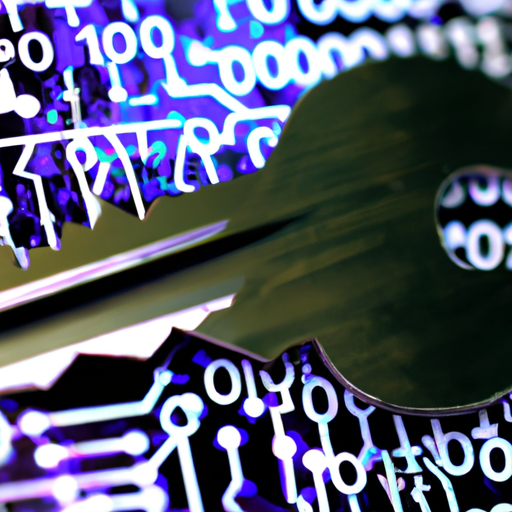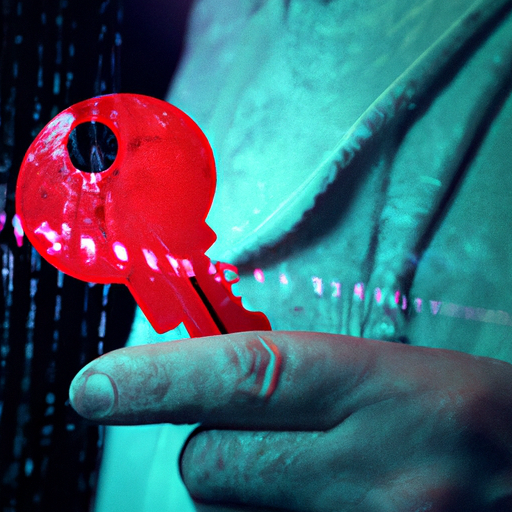Date: October 25, 2023
In today’s digital age, the increasing number of cyber threats has necessitated a robust defense mechanism. Cybersecurity AI tools are at the forefront of this battle, employing artificial intelligence and machine learning technologies to provide innovative solutions for organizations worldwide.
The Need for AI in Cybersecurity
The rise of sophisticated cyber attacks has made traditional security measures obsolete. Hackers are utilizing advanced techniques to breach systems, leading to significant data breaches and financial losses. AI tools in cybersecurity are designed to preemptively identify vulnerabilities and respond in real-time, significantly lowering the risk of successful attacks.
How AI Tools Are Enhancing Cybersecurity
- Predictive Analytics: By analyzing patterns and anomalies in data, AI tools can predict potential threats and address them before they escalate.
- Automated Threat Detection: AI systems can monitor networks 24/7, detecting unauthorized access and unusual behavior faster than human operators.
- Incident Response: AI can streamline incident response processes, providing automated recommendations and actions to mitigate threats quickly.
Examples of Popular AI Cybersecurity Tools
Leading cybersecurity firms are integrating AI into their solutions. Tools such as:
- Cylance: Utilizes machine learning to predict and prevent malware attacks.
- Darktrace: Employs AI to provide enterprise immune system protection against threats.
- IBM Watson for Cyber Security: Analyzes historical data to inform current security strategies.
Future of Cybersecurity AI Tools
The future of cybersecurity will heavily lean on AI capabilities. With continuous advancements in machine learning algorithms and data analytics, businesses that adopt AI tools will be better positioned to protect their sensitive information in an ever-evolving threat landscape.
Conclusion
As cyber threats become increasingly complex, the integration of AI in cybersecurity represents a vital evolution in the field. By utilizing these advanced tools, organizations can defend themselves more effectively against the multitude of risks posed by cybercriminals today.













